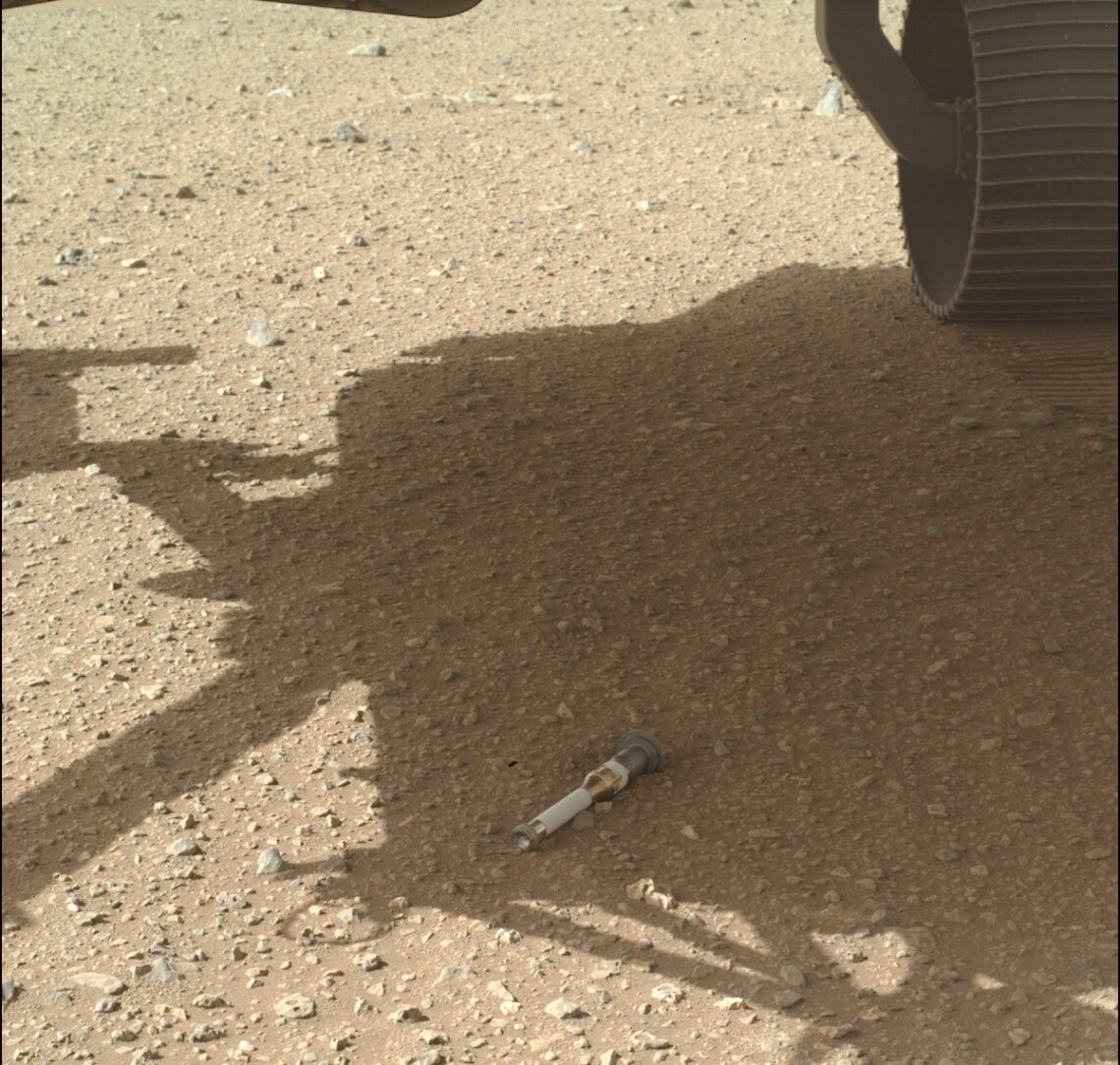THE WOODLANDS, Texas — Efforts by scientists to use a Mars rover to collect samples are continuing even as NASA wraps up a new assessment of when and how those samples will be brought back to Earth.
The Perseverance rover, which landed on Mars in February 2021, has filled 26 of its 43 sample tubes, scientists involved with the mission said in presentations at the Lunar and Planetary Sciences Conference (LPSC) here March 12. The rover is climbing up the remains of a river delta that once flowed into Jezero Crater.
Of those 26 tubes, 20 contain rock cores, said Meenakshi Wadhwa, a planetary scientist at Arizona State University who serves as principal scientist for Mars Sample Return (MSR) at the Jet Propulsion Laboratory. Two contain regolith and another holds a sample of the atmosphere, while the other three are “witness tubes” that serve as controls to identify any terrestrial contamination in the other tubes.
Two of the remaining 17 tubes are also witness tubes, leaving 15 that can be filled with other samples. Scientists are planning next phases of the rover’s traverse, she said, such as to the crater rim, which promises what she called “an incredible diversity” of rocks of different ages and exposed to different processes, “including materials of astrobiological potential.”
That work is ongoing as NASA enters the final phases of a review of the overall MSR architecture, including the schedule and design of the mission that will collect those sample tubes and return them to Earth. After an independent review board, or IRB, concluded that the agency’s existing approach could not meet cost and schedule goals, NASA commissioned an MSR IRB Response Team (MIRT) in October to evaluate alternative approaches.
“Much of the work is already complete” by the MIRT, Wadhwa said. The MIRT is expected to complete its work by the end of the month, with NASA releasing its revised MSR plans, and proposed budget, as soon as…
Read the full article here

